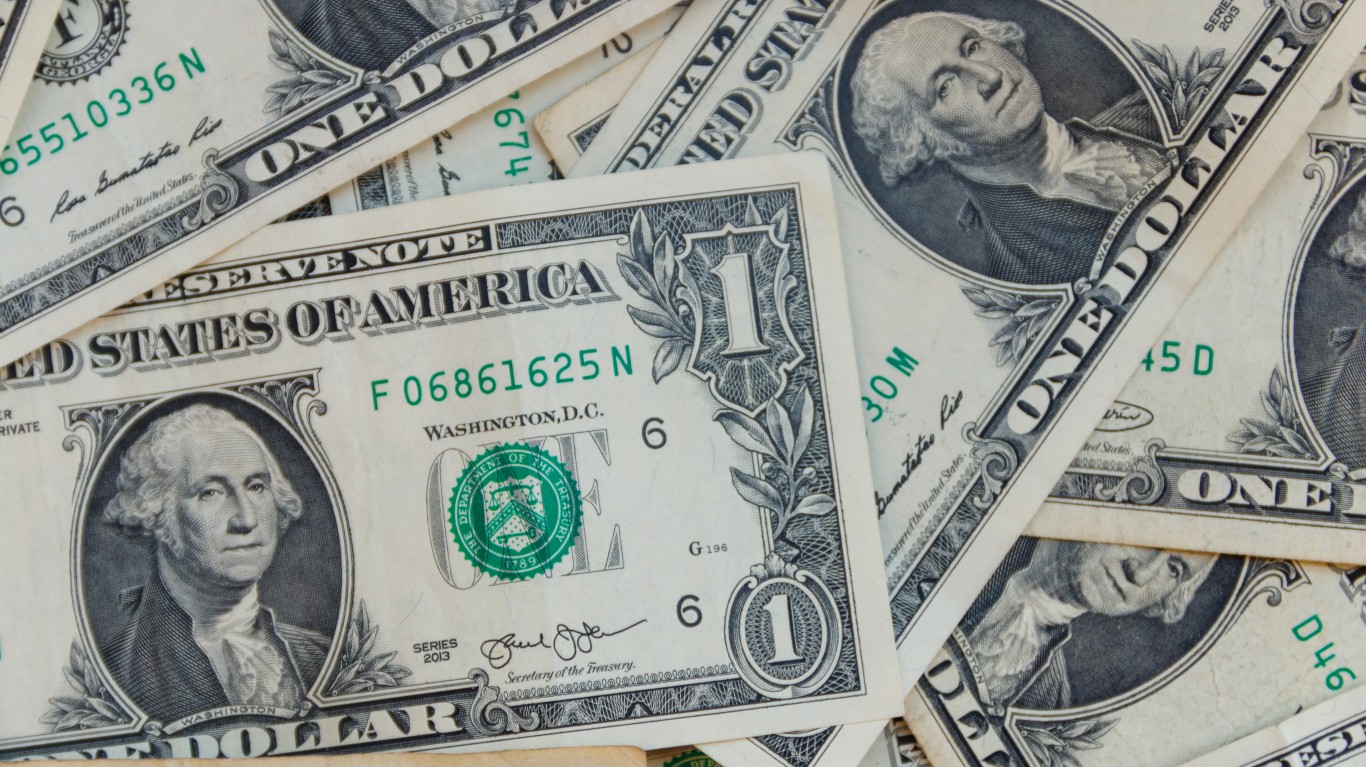Investing
Shutdown Fears Bolster Dollar's Safe Status: ETFs to Bet

Published:
Last Updated:

In the face of growing concerns over a potential government shutdown, the U.S. dollar consolidated its position as the premier financial haven for investors worldwide. This is especially true as the dollar index hit a 10-month high against a basket of major currencies.
The combination of surging oil prices and the speculation of high interest rates for an extended period has driven the currency higher and is likely to continue doing so at least in the near term. Investors seeking to tap the solid trend in the greenback could consider ETFs such as Invesco DB US Dollar Index Bullish Fund UUP and WisdomTree Bloomberg U.S. Dollar Bullish Fund USDU.
Since the Fed’s recent monetary policy announcement, the dollar’s growth has gained momentum. While the central bank maintained stable interest rates, it indicated the possibility of further financial tightening to control inflation. This has propelled Treasury yields higher, prompting investors to rotate into the greenback to buy more attractive U.S. government bonds. There are several reasons for doing that. We have highlighted them below:
Higher Returns on Investments: When yields (interest rates) on U.S. government securities, such as Treasury bonds, increase, they offer higher returns compared to bonds from other countries. This can attract foreign capital seeking the best return on safe assets.
Perception of a Strong Economy: Rising yields can sometimes signal the market’s expectation of a strong economy. If the U.S. economy is perceived to be doing well, it can attract foreign investment, leading to higher demand for the U.S. dollar.
Safe-Haven Status: The U.S. dollar is often viewed as a “safe-haven” currency. In times of global economic uncertainty or volatility, investors tend to flock to perceived safer assets, including the U.S. dollar. Rising yields can amplify this effect if other global yields remain low.
Repatriation of Funds: U.S.-based multinational corporations might repatriate their foreign earnings back to the U.S. when yields rise, leading to increased demand for the U.S. dollar.
Relative Strength: If U.S. yields are rising faster than yields in other countries, the U.S. dollar becomes more attractive to investors seeking the highest return for the least risk.
Let’s now discuss the ETFs in detail:
UUP
Invesco DB US Dollar Index Bullish Fund is the prime beneficiary of the rising dollar as it offers exposure against a basket of six world currencies. This is done by tracking the Deutsche Bank Long USD Currency Portfolio Index – Excess Return plus the interest income from the fund’s holdings of U.S. Treasury securities. In terms of holdings, Invesco DB US Dollar Index Bullish Fund allocates nearly 57.6% in euro and 25.5% collectively in the Japanese yen and British pound.
The fund has managed an asset base of $505.6 million while seeing an average daily volume of around 1.2 million shares. UUP charges 77 bps in annual fees and has a Zacks ETF Rank #2 (Buy) with a Medium risk outlook.
USDU
WisdomTree Bloomberg U.S. Dollar Bullish Fund is another way to play the rise in the dollar directly. It offers exposure to the U.S. dollar against a basket of foreign currencies by tracking the Bloomberg Dollar Total Return Index. WisdomTree Bloomberg U.S. Dollar Bullish Fund exhibits strong negative correlations to international equity and bond portfolios.
WisdomTree Bloomberg U.S. Dollar Bullish Fund has amassed $254.5 million in AUM and trades in a good volume of about 295,000 shares per day on average. It charges 50 bps in annual fees.
Invesco DB US Dollar Index Bullish ETF (UUP): ETF Research Reports
WisdomTree Bloomberg U.S. Dollar Bullish ETF (USDU): ETF Research Reports
To read this article on Zacks.com click here.
This article originally appeared on Zacks
Thank you for reading! Have some feedback for us?
Contact the 24/7 Wall St. editorial team.